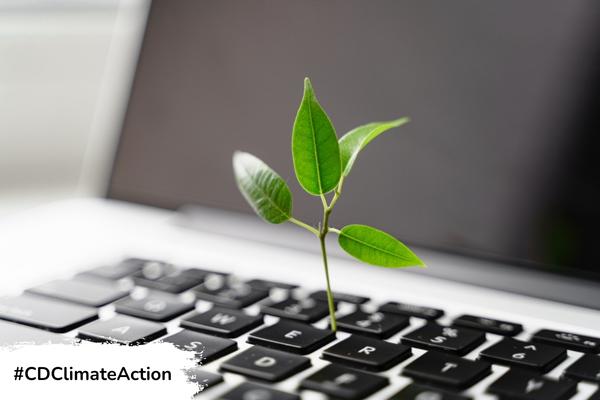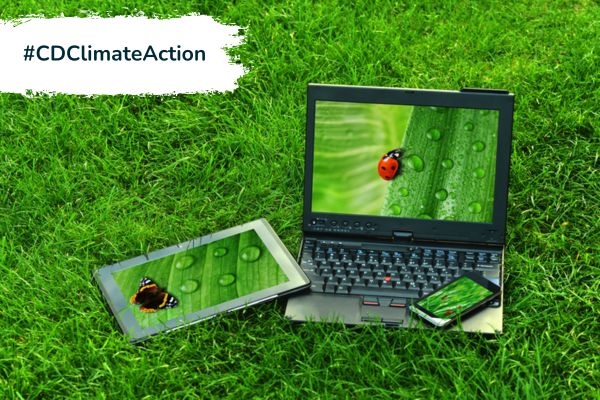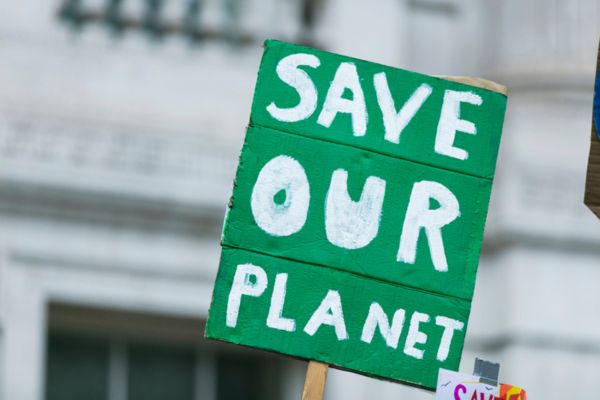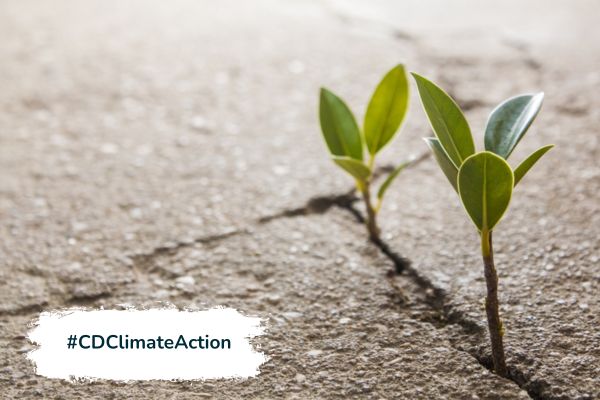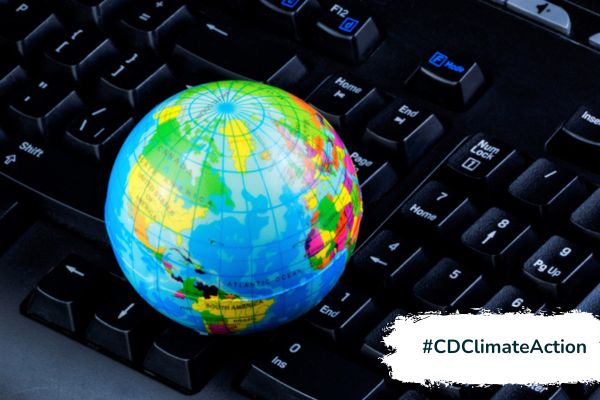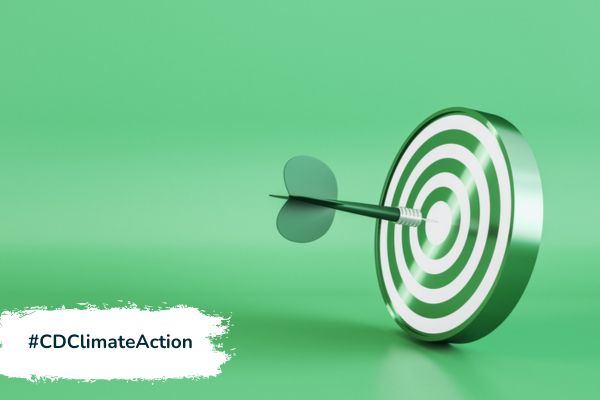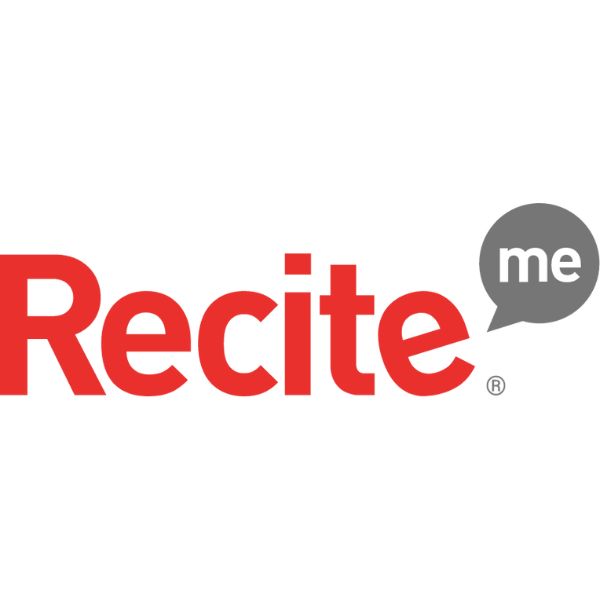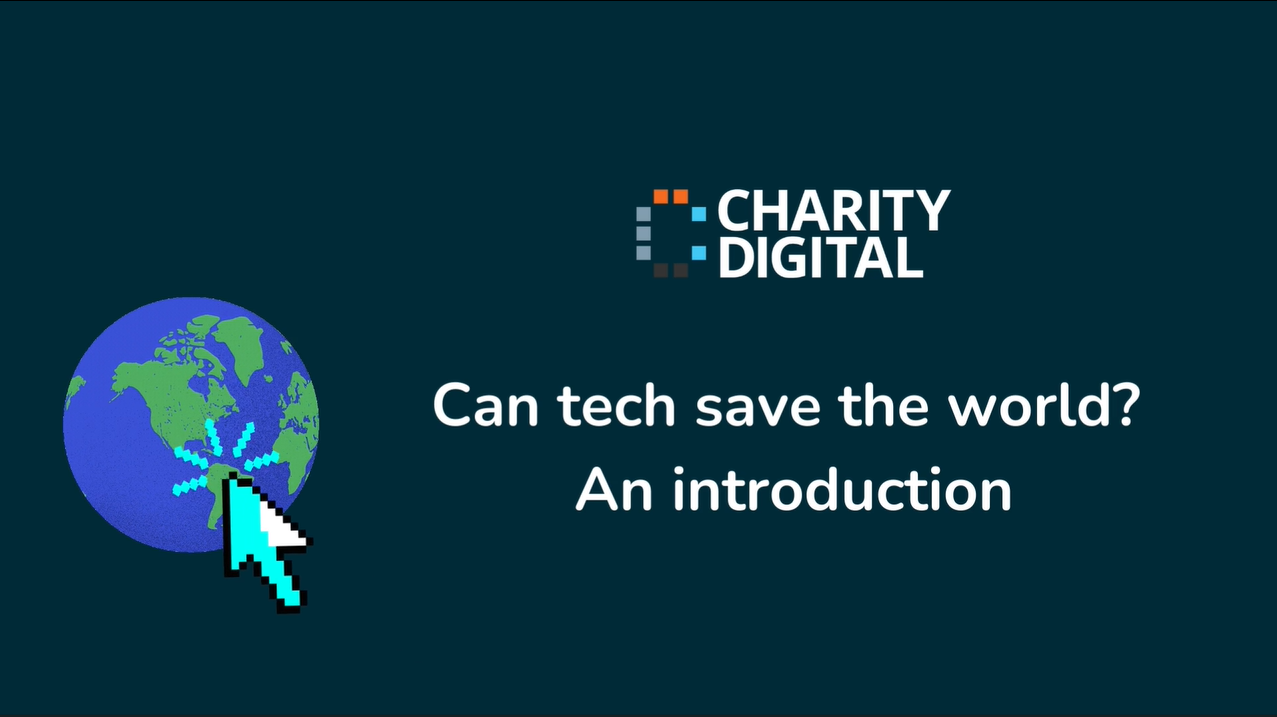Insights
INSIGHTS
All Topics
How your digital strategy can help fight climate change
08 Jun 2023by Zoe Amar
You have viewed all of your 1 articles as an unregistered user
To continue reading this article please register.
For unlimited access to our free content, please register.
Zoe Amar
More on this topic
22 Apr 2025by Ioan Marc Jones
A guide to appointing a data protection officer
03 Apr 2025by Laura Stanley
Charity Digital Exchange: Enhancing communication and productivity with Slack Messaging Platform
Related Content
Recommended Products
Related Videos
03 Apr 2025by Laura Stanley
Charity Digital Exchange: Enhancing communication and productivity with Slack Messaging PlatformSponsored Article
Our Events
Charity Digital Academy
Our courses aim, in just three hours, to enhance soft skills and hard skills, boost your knowledge of finance and artificial intelligence, and supercharge your digital capabilities. Check out some of the incredible options by clicking here.







